A powwow is a ceremony that calls forth its participants with the beat of a drum. It’s the first thing you hear long before you enter the setting—whether it’s a park, a campground, in the woods by a river or inside a school gym or cavernous coliseum. The drum’s echoes ripple throughout the space, where the smell of warm frybread, held by little honey-covered fingers of Tiny Tot dancers, wafts through the air. The children’s sparkling beaded regalia reflects light as you enter the powwow grounds.
The drum is the heartbeat of a powwow, sending positive energy out to the dancers, who amplify it through their dance and pass it onto the audience. The beat grows louder as you pass by artist’s tables selling decorative metalwork, turquoise, beaded jewelry and wool fabrics adorned with bright geometric shapes. As you get closer to the dance arena, you catch glimpses of the dancers adorned in glittering beads, particolored ribbons flying through the air and grandiose headdresses made of feathers and porcupine quills.
“Welcome to the powwow!” shouts the emcee to the crowd, his deep voice echoing into the stadium like an auctioneer’s.
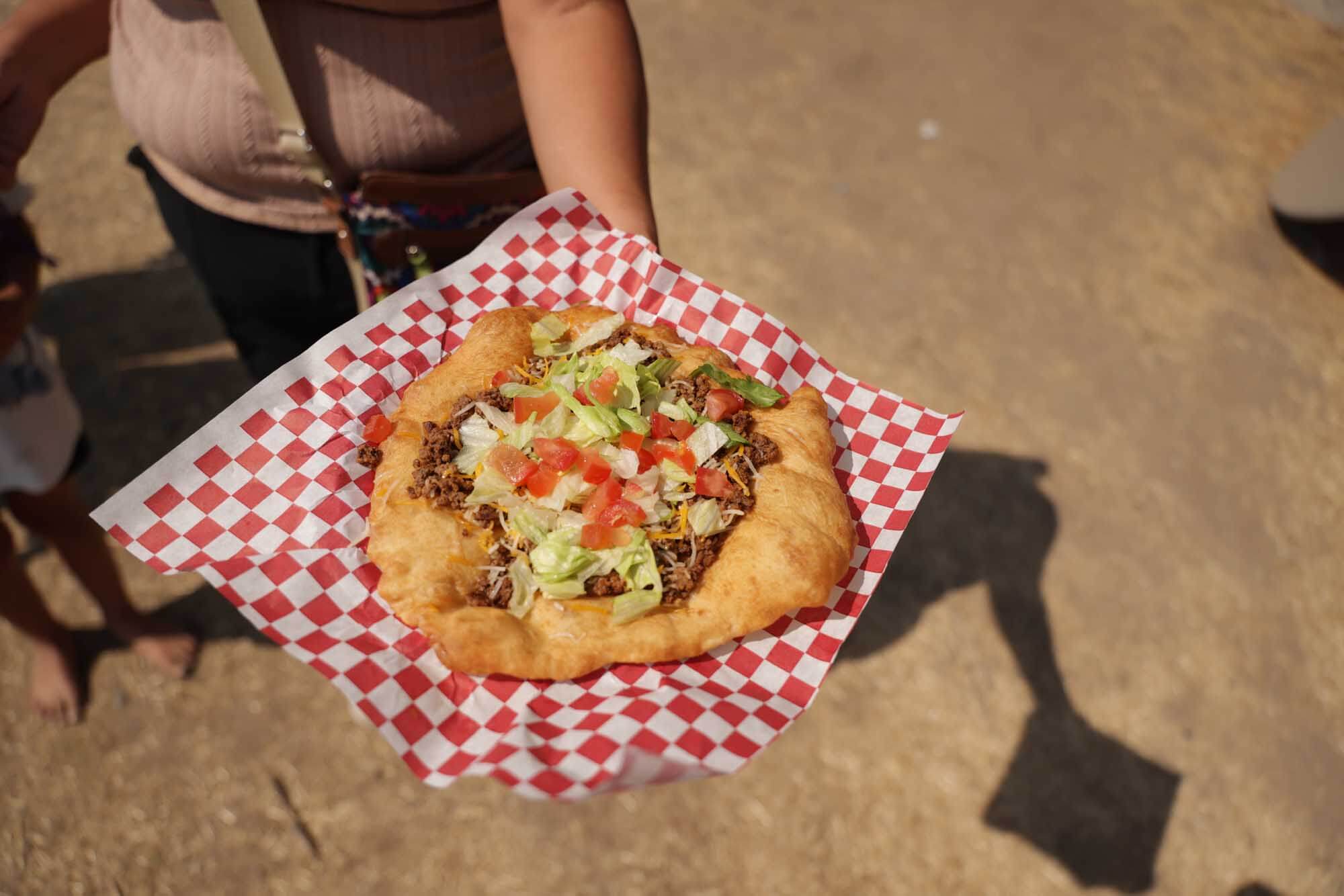
Powwow Significance
The term “powwow” originated from the Narrtick (Algonquian) word “pau wau,” which referred to ceremonial leaders. White settlers misinterpreted the term to indicate a gathering of any Native peoples, which led to its current usage.
However, the modern-day powwow is not a traditional Native American gathering. It was birthed as a result of the termination and assimilation policies of the U.S. government. When several Plains tribes were removed from their homes and traditional lands, they began to gather in solidarity and celebrate their communities and family reunions. These gatherings were the precursors to contemporary powwows and became popular in mainstream society during the 20th century when Wild West shows were prominent. As more Native Americans started joining the military, powwows have also become a space to celebrate their homecomings.
Powwows are now very popular across tribes and have contributed to an intertribal culture of Native people, heavily influenced by the traditions of the Plains tribes.
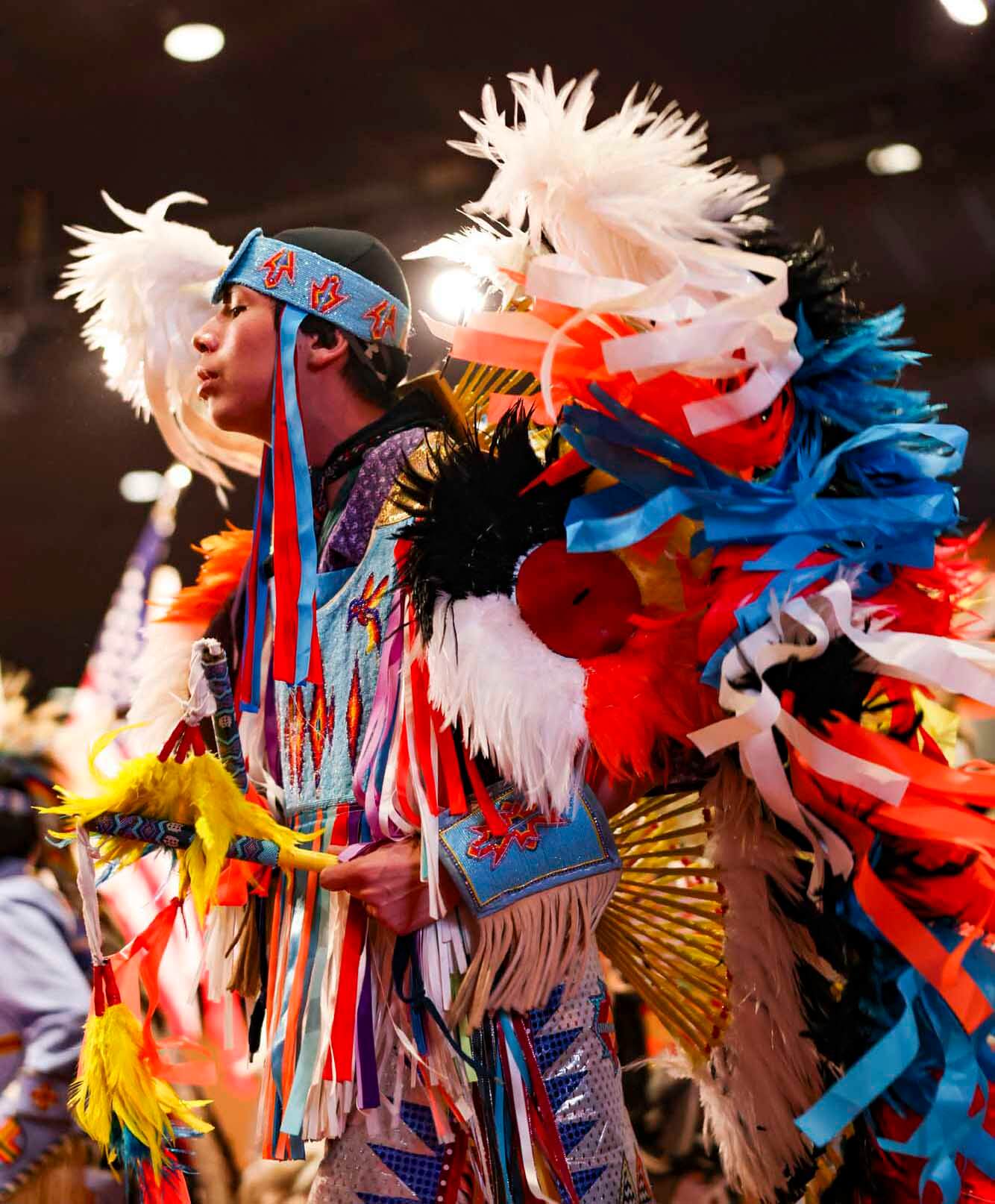
What To Expect
A saying in some Native American cultures is, “You do not choose the ceremony… the ceremony chooses you.”
What you’ll find at a powwow is a community of people gathered to celebrate various Indigenous cultures. You may witness the traditional Nez Perce women’s Putlaapa dance or the mesmerizing artistry of the Coeur d’Alene tribe’s horsetail dancers. You’ll see multiple drum gatherings, such as groups of teenagers playing together all the way to internationally recognized Native American Music Award winners, their heads bobbing on the downbeat, reverberations launching prayers into the sky.
Most powwow competition dancers can be grouped into three primary categories: traditional, grass and fancy, the latter whose kaleidoscopic ribbons swirl as if whirling dervishes.
The powwow begins with the grand entry—a processional of veterans carrying various flags, including the American flag, Native nation flags and ceremonial staffs. Behind them come the powwow royalty—highly decorated and role-model tribal members—followed by the dancers in this order: elders,
children, women and men.
During a powwow, there will likely be special performances and competitions. Dancers compete for money and sometimes prizes, which help alleviate the costs associated with participating in the powwow.
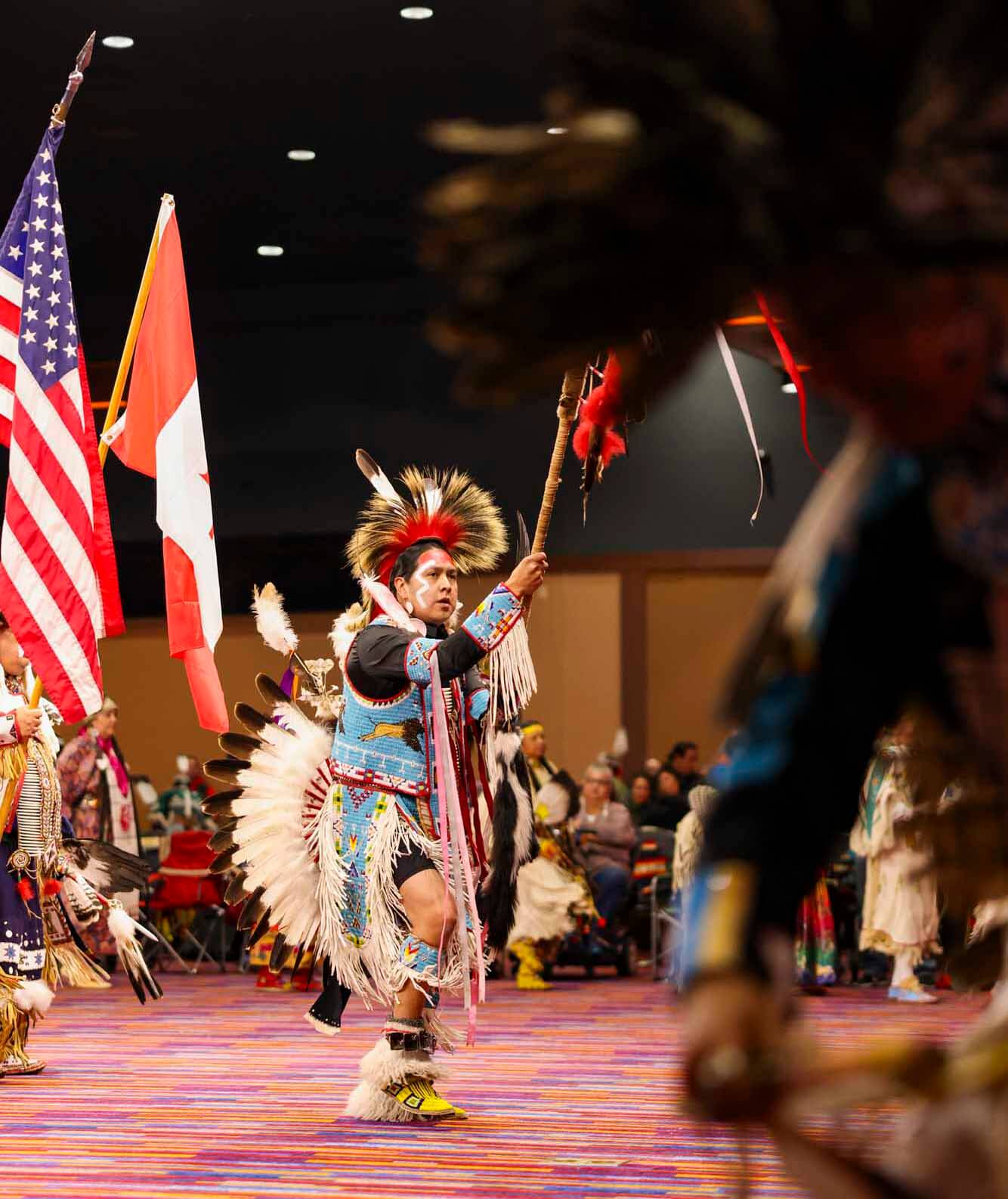
Attending Respectfully
Everyone is welcome at powwows; however, there are general tips to follow to ensure an enjoyable and respectful gathering.
Where & When to Sit
Powwow protocol ensures that elders, dancers, drummers and their families have priority seating. Please be observant and respectful of reserved seating. It is common for families to reserve seating by using a blanket, so it’s important to never sit on someone’s blanket.
During the grand entry, the crowd will be asked to stand if they are able. When the arena director excuses the dancers, the emcee will tell the crowd that it’s okay to sit down.
Intertribal Dances
Pay attention to the arena director and emcee. They will indicate when there will be a social dance, which is open for all dance categories, ages and genders. Sometimes, the emcee will invite visitors to dance in the arena, but if you are not familiar with the style of dance, feel free to observe and learn before joining.
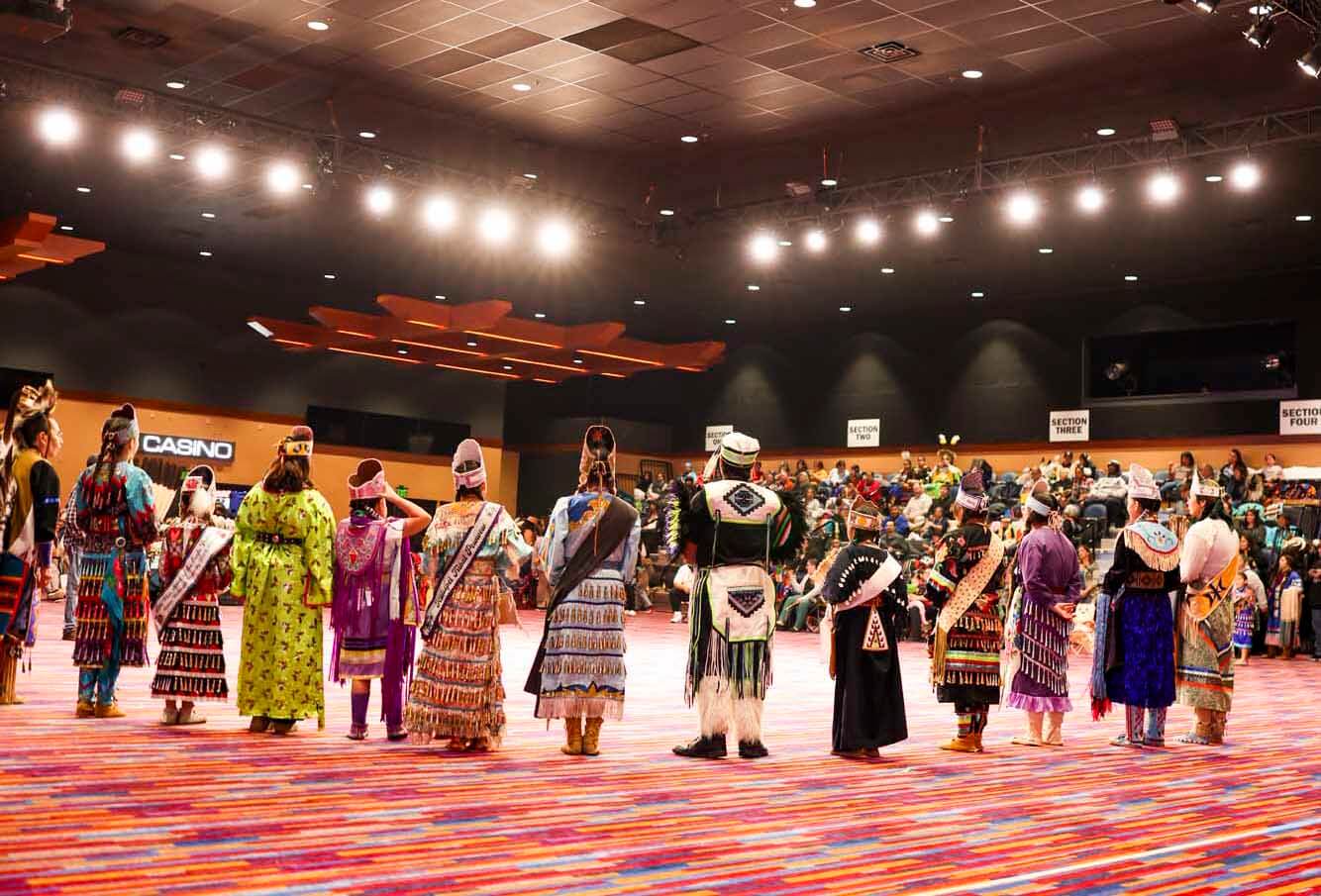
Powwow Regalia
The dancers wear “regalia,” which is made of materials such as beads, feathers, antlers and animal skins. It is inaccurate
and offensive to refer to regalia as “costumes.” Regalia is considered sacred, and touching a dancer’s regalia is
not appropriate.
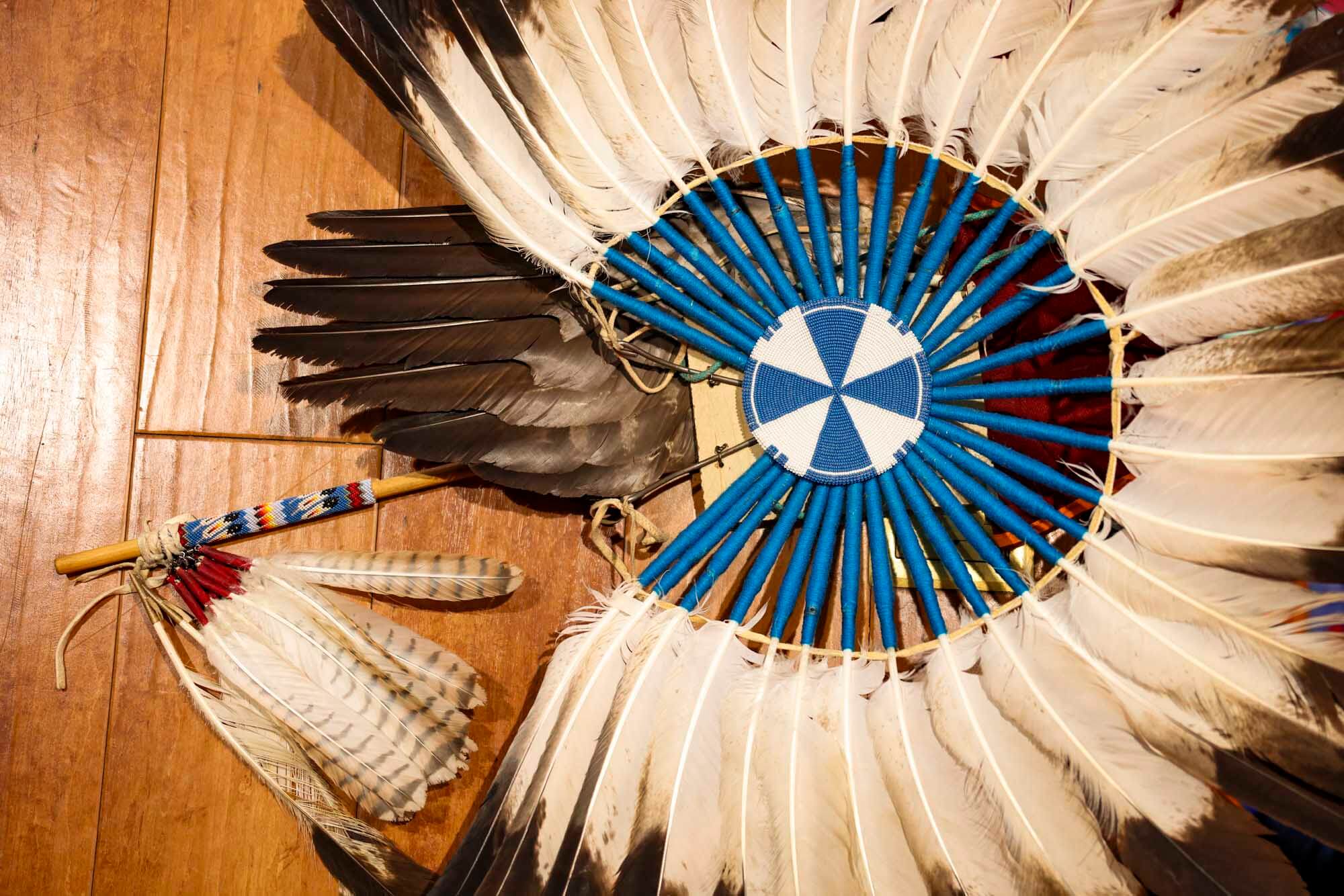
Photography & Videography
Recordings of any kind are generally not permitted during moments of prayer, the flag and charging songs at the grand entry or during ceremonies to pick up a fallen eagle feather. If you wish to photograph a specific dancer, it’s best to ask the dancer for permission before doing so.
Plan Ahead
Water and food are not always available or easily accessible on reservations or in certain spaces. Make sure you come prepared. Also, be respectful of the land and clean up and pack out any trash you bring.
Powwows in Idaho
In Idaho, there are five federally recognized tribes: the Shoshone–Bannock, the Shoshone–Paiute, the Coeur d’Alene, the Kootenai and the Nez Perce. Each tribal community has a different and distinct culture, which can be experienced at several powwows held annually around the state.
Indian Relay Races
Indian relay races are culturally important to Native communities and are frequently paired with powwows.
The legacy of participating in the races is passed down from family to family. Members of the Shoshone–Bannock Tribe, for example, have been participating in relay races for more than a century.
During the bareback horse races, jockeys must complete three consecutive laps around a standard horse track, which can be anywhere from a quarter-mile to a mile long, while switching to a new horse for each lap. Up to eight teams of four members compete, with the first winning team taking first place and then the following teams with the best times advancing to the next heat. A single jockey is responsible for riding each horse, while the team facilitates the transitions between mounts for every lap. Teamwork is crucial for both safety and speed.
Riders compete for cash and other prizes, but ultimately, they all seek to make it to the National Indian Relay Championships, which occurs every September at the Eastern Idaho State Fair in Blackfoot. Only federally recognized Native Nations are allowed to participate in the Indian relay races, and due to the danger involved in the sport, safety gear—such as helmets and body armor—is required.
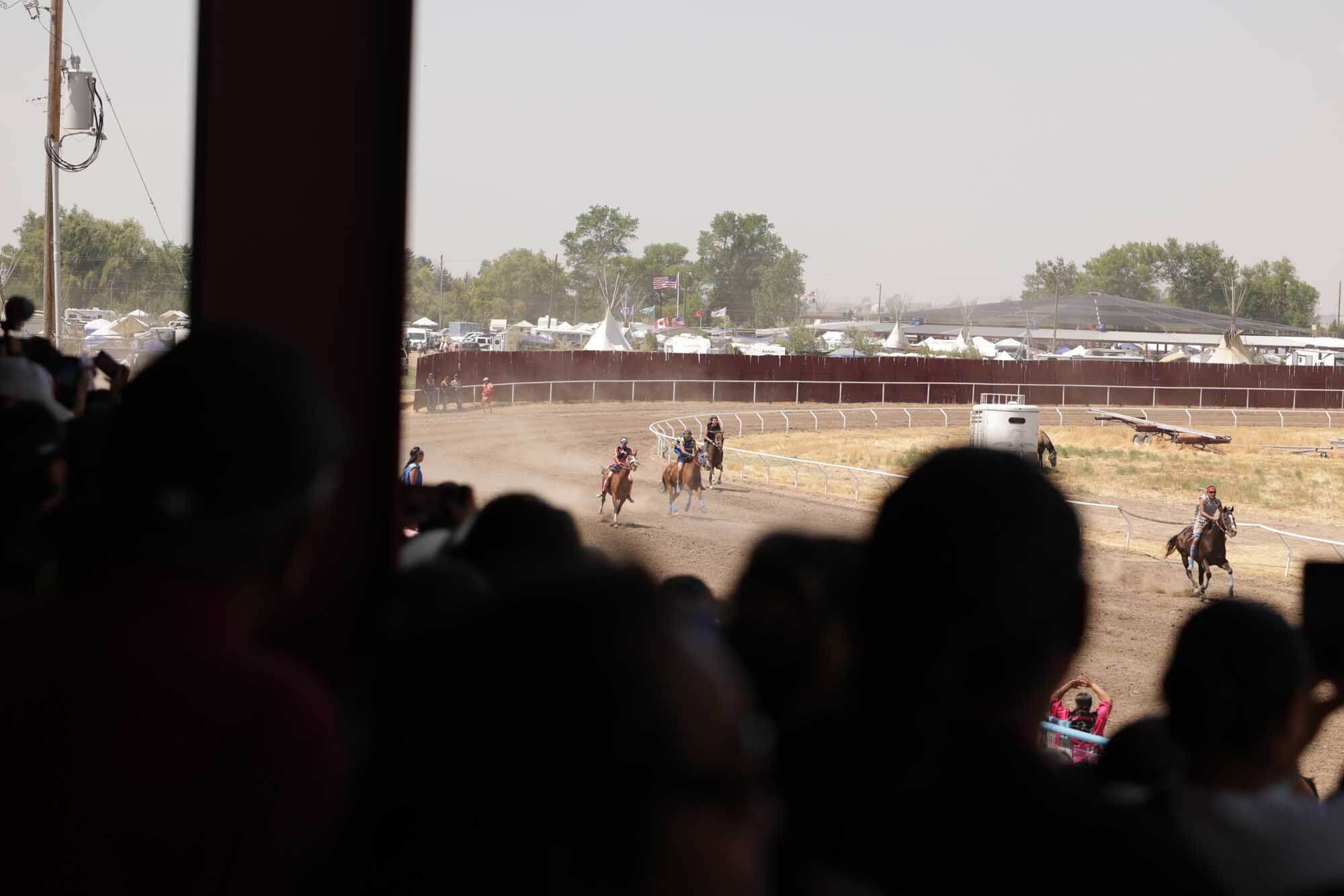
Feature image is credited to Visit Idaho.
Altman (Oglala Lakota) has written for local and national publications, including Underscore, Portland Monthly, Oregon Humanities, Parents.com and Indian Country Today. Altman lives in Vancouver, Washington, and is an alumna of the Institute of American Indian Arts. Her first book, Cekpa: A Memoir, will be published in November 2025.
Published on October 31, 2025
